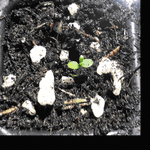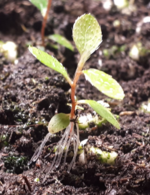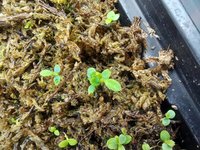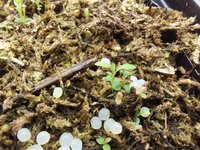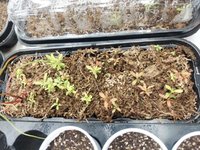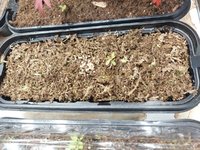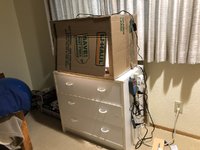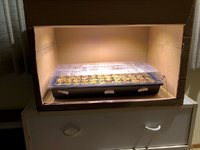Rivian, that is definitely the right way to think. But at this stage, trying to deliberately kill say half of them through drought isn't going to work. Yes, it is going to negatively impact all of them.
But I am not sure that those that get damaged and survive would then be the ones with the better genes. May just be the ones whose seed landed in a better place.
Also, them competing for space is already a mild selection criteria. Some will be slowed more than others. I suspect this will accumulate and some of the seedlings will just slowly wither away while others start to take off and dominate. This is actually something I want to try and see if this works this way, as I have 2 more seed trays as crowded as this one (but from other crosses).
But in 2022, I could plant them all out in a test field and once they get properly established, neglect then a bit so not all are growing optimal. That accumulating over a couple of years and the ones that thrive likely are the genetically superior ones.
This tray is quite a wide cross. A North American variety from Ohio with a lot of Korean azalea blood, very hardy but quite evergreen. And a tetraploid satsuki as the pollen parent. For example, the pigments of the Korean azalea are likely a lot richer. So far, all the leaves are rounded, not pointy.
I actually have some seedlings of the same cross, but in reverse, switching around who is the pollen and seed parent. It will be interesting to compare these. Chloroplast DNA inherits via the maternal/seed parent line. But apparently that should be the only difference.

